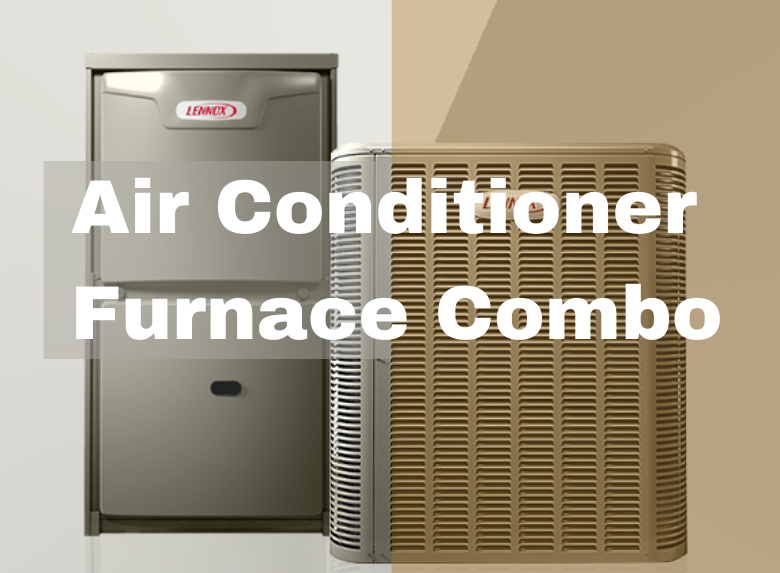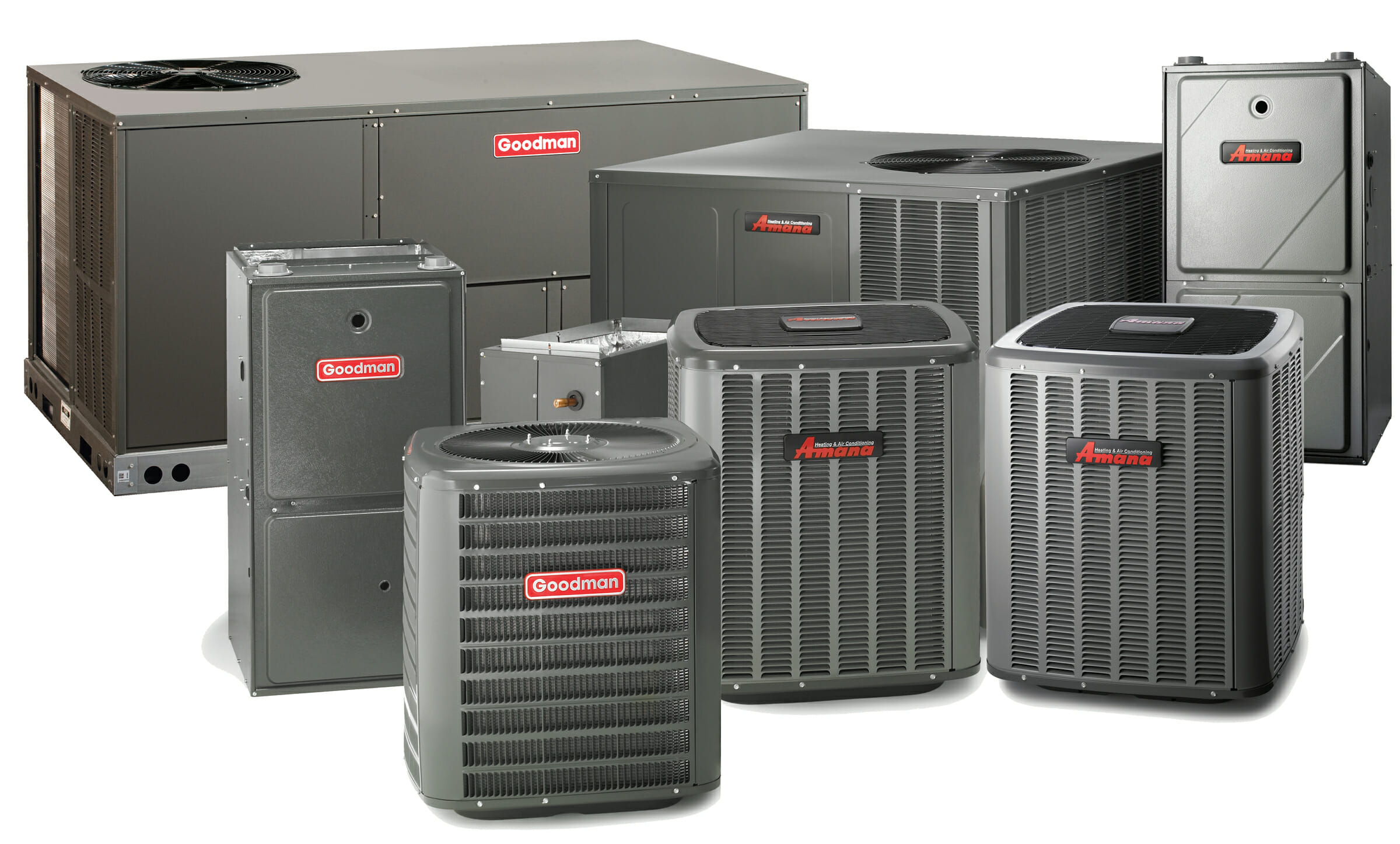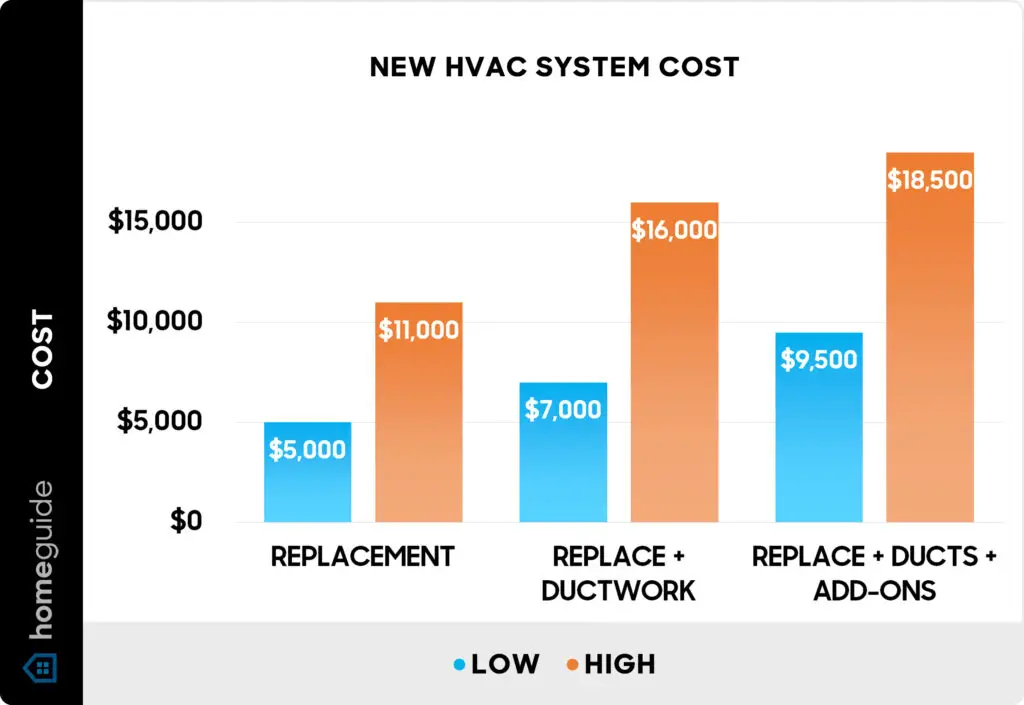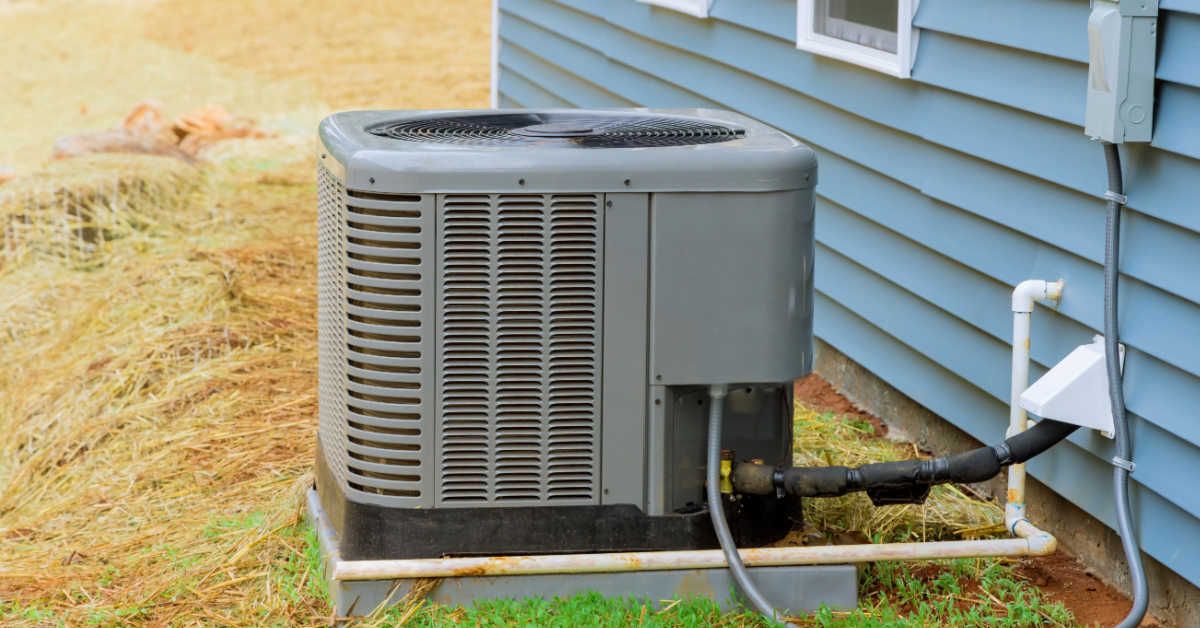Price Of New Furnace And Air Conditioner
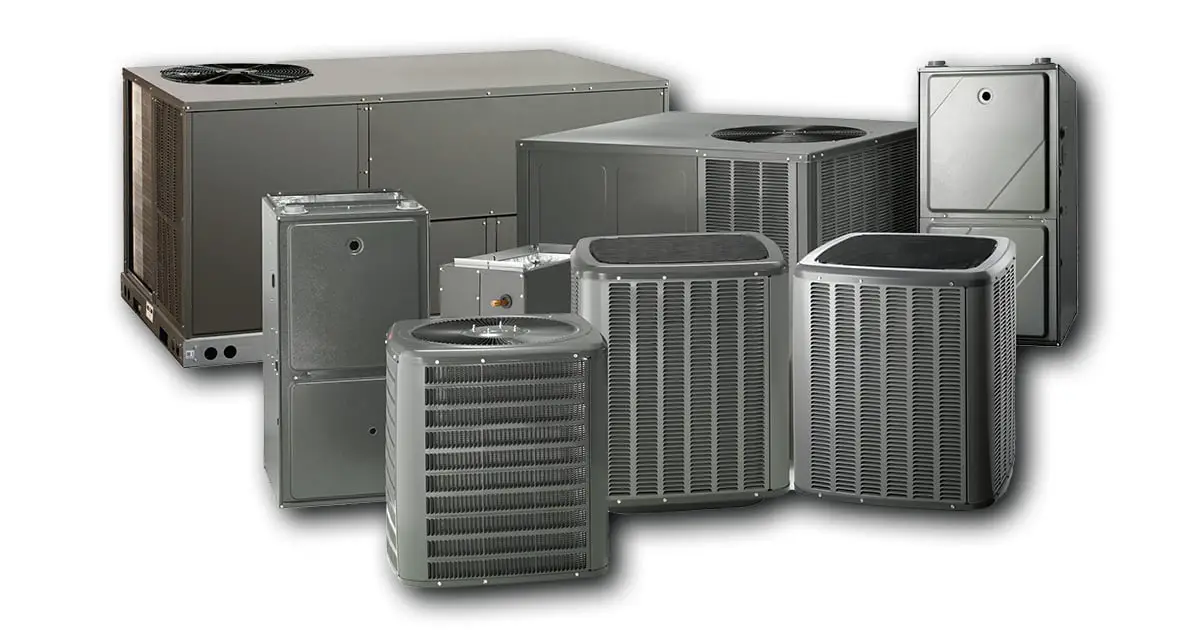
Replacing your furnace and air conditioner is a significant investment for any homeowner. Understanding the costs involved, factors influencing pricing, and how to make an informed decision is crucial. This guide breaks down the key aspects of the price of a new furnace and air conditioner, helping you navigate the process with confidence.
Understanding the Core Components and Their Costs
Let's start by understanding what you're actually paying for. A complete HVAC (Heating, Ventilation, and Air Conditioning) system replacement typically involves two main components: the furnace and the air conditioner (AC). While they can be replaced independently, replacing them together is often recommended for optimal efficiency and performance, especially if your existing units are aging.
Furnace Costs
The price of a new furnace can range from $2,000 to $7,000, including installation. Several factors influence this range:
- Type of Furnace: Furnaces are typically categorized by their Annual Fuel Utilization Efficiency (AFUE) rating, which measures how efficiently they convert fuel into heat. Higher AFUE ratings mean greater efficiency and potentially lower energy bills, but also a higher upfront cost. Expect to pay more for a high-efficiency (90%+ AFUE) furnace compared to a standard-efficiency (80% AFUE) model. Think of AFUE like the miles-per-gallon (MPG) of a car - the higher the number, the less fuel you'll use.
- Size (BTU): Furnaces are sized based on their heating output, measured in British Thermal Units (BTU). The right size depends on the square footage of your home, insulation levels, climate, and other factors. An undersized furnace won't adequately heat your home, while an oversized furnace can lead to inefficient cycling and higher energy bills. A professional HVAC technician can perform a load calculation to determine the appropriate BTU rating for your home.
- Features: Features like variable-speed blowers (which provide more consistent heating and cooling and quieter operation) and modulating burners (which adjust the flame to match heating demand) can add to the cost.
- Brand: Different brands have different price points, often reflecting varying levels of quality, features, and warranty coverage.
Air Conditioner (AC) Costs
The price of a new air conditioner can range from $3,000 to $8,000, including installation. Similar to furnaces, several factors influence this cost:
- Type of AC: AC units are categorized by their Seasonal Energy Efficiency Ratio (SEER) rating, which measures their cooling efficiency. Higher SEER ratings mean greater energy savings, but a higher initial investment. New minimum SEER standards are being implemented across the US, so be sure to check the requirements for your region. Think of SEER like the MPG of your car for cooling - the higher the number, the less electricity you'll use.
- Size (Tons): AC units are sized based on their cooling capacity, measured in tons (one ton equals 12,000 BTU per hour). Similar to furnaces, proper sizing is crucial for optimal performance and efficiency. An oversized AC will cool your home too quickly and cycle on and off frequently, leading to humidity issues and wasted energy. An undersized AC will struggle to cool your home adequately on hot days. Again, a professional load calculation is essential.
- Features: Features like variable-speed compressors (which provide more consistent cooling and quieter operation) and smart thermostats can increase the price.
- Refrigerant Type: The type of refrigerant used in the AC unit can also affect the price. Newer, more environmentally friendly refrigerants are generally more expensive. Think of refrigerant as the "blood" of your AC system, carrying heat from inside to outside.
- Brand: As with furnaces, different AC brands come with different price tags.
Installation Costs: A Significant Factor
The installation costs are a substantial part of the overall price. A proper installation is crucial for the system's performance, efficiency, and longevity. Installation costs can vary significantly depending on:
- Complexity of the Job: Replacing an existing system in the same location is generally less expensive than installing a new system in a new location or making significant ductwork modifications.
- Ductwork: If your existing ductwork is old, damaged, or improperly sized, it may need to be repaired or replaced, adding to the cost.
- Electrical Work: Your electrical panel may need to be upgraded to accommodate the new system's power requirements.
- Permits and Inspections: Local building codes may require permits and inspections, which add to the overall cost.
- Labor Rates: Labor rates vary depending on the contractor's experience, location, and overhead costs. Always get multiple quotes from licensed and insured HVAC contractors.
Additional Costs to Consider
Beyond the core components and installation, several other costs may arise:
- Smart Thermostat: A smart thermostat can help you save energy and control your system remotely. While not essential, they're a worthwhile investment for many homeowners.
- Air Purifier/Filtration System: If you have allergies or concerns about indoor air quality, you may want to consider adding an air purifier or a more advanced filtration system.
- Humidifier/Dehumidifier: Depending on your climate, you may benefit from a whole-house humidifier or dehumidifier.
- Extended Warranty: Consider purchasing an extended warranty to protect against unexpected repairs.
- Disposal Fees: Contractors typically charge a fee for disposing of your old equipment.
Factors Influencing the Overall Price
Let's summarize the key factors that influence the total price of a new furnace and AC system:
- Efficiency Ratings (AFUE and SEER): Higher efficiency ratings mean higher upfront costs but lower energy bills over the long term.
- Size (BTU and Tons): Proper sizing is crucial for performance and efficiency.
- Features: Advanced features can add to the cost.
- Brand: Different brands have different price points.
- Installation Complexity: Complex installations will cost more.
- Ductwork: Ductwork repairs or replacement can significantly impact the price.
- Electrical Work: Electrical upgrades may be necessary.
- Permits and Inspections: Local requirements add to the cost.
- Geographic Location: Labor rates and equipment costs vary by location.
Getting the Best Price: Tips for Homeowners
Here are some tips to help you get the best possible price on your new furnace and AC system:
- Get Multiple Quotes: Obtain at least three quotes from different licensed and insured HVAC contractors. Don't just focus on the price; consider the contractor's experience, reputation, and warranty offerings.
- Ask for a Detailed Breakdown: Make sure each quote includes a detailed breakdown of the equipment costs, installation costs, and any additional fees.
- Consider Seasonal Discounts: HVAC contractors are often less busy during the off-season (spring and fall), so you may be able to negotiate a better price.
- Take Advantage of Rebates and Incentives: Check with your local utility company and state government for rebates and incentives on energy-efficient equipment. The federal government also offers tax credits for qualifying HVAC systems.
- Negotiate: Don't be afraid to negotiate with contractors to see if they can lower their price.
- Read Reviews: Before making your decision, be sure to do research and read online reviews for the companies you’re considering.
Making an Informed Decision
Choosing a new furnace and air conditioner is a complex decision, but by understanding the factors that influence the price and following the tips above, you can make an informed choice that meets your needs and budget. Remember to prioritize quality installation over the lowest price, as a poorly installed system will likely cost you more in the long run.
Before signing any contracts, carefully review the terms and conditions, including the warranty information and payment schedule. Don't hesitate to ask questions and clarify any points you don't understand.
Long-Term Cost Considerations
While the upfront cost is important, remember to consider the long-term cost of ownership. A more energy-efficient system may have a higher initial price, but it will save you money on your energy bills over the life of the equipment. Also, consider the maintenance requirements and potential repair costs of different systems.
By carefully evaluating your options and working with a reputable HVAC contractor, you can ensure that you get a new furnace and AC system that provides reliable comfort and energy savings for years to come.
Considerations for Older Homes
Older homes may present unique challenges when replacing a furnace and AC system. These can impact the overall cost and complexity of the project.
- Asbestos: Older homes may contain asbestos in ductwork or insulation. Asbestos abatement can add significantly to the cost.
- Electrical Systems: Older electrical systems may not be adequate to handle the power requirements of a new, high-efficiency HVAC system. Upgrading the electrical panel or wiring could be necessary.
- Insulation: Poor insulation in older homes can lead to energy loss, making it difficult for a new HVAC system to efficiently heat and cool the space. Upgrading insulation may be necessary to maximize the benefits of a new system.
- Air Leaks: Older homes often have air leaks around windows, doors, and other openings. Sealing these leaks can improve energy efficiency and reduce the load on the HVAC system.
Financing Options
Replacing a furnace and AC system can be a significant expense. Fortunately, several financing options are available to help homeowners manage the cost.
- Home Equity Loans: Home equity loans allow homeowners to borrow against the equity in their homes. These loans typically have lower interest rates than other types of financing.
- Personal Loans: Personal loans are unsecured loans that can be used for any purpose, including HVAC replacement. Interest rates on personal loans tend to be higher than those on home equity loans.
- HVAC Financing: Many HVAC contractors offer financing options through third-party lenders. These financing programs may offer low interest rates or special terms.
- Credit Cards: Using a credit card to finance an HVAC replacement can be an option, but it is important to consider the interest rate and potential fees.

